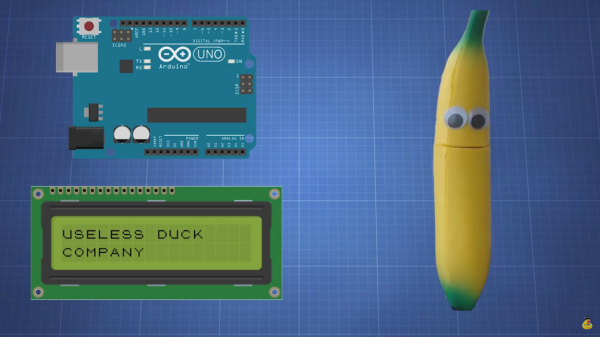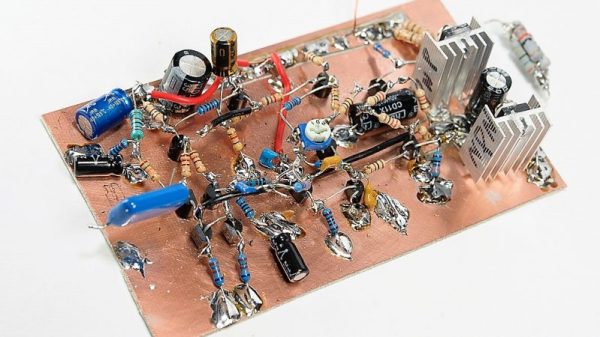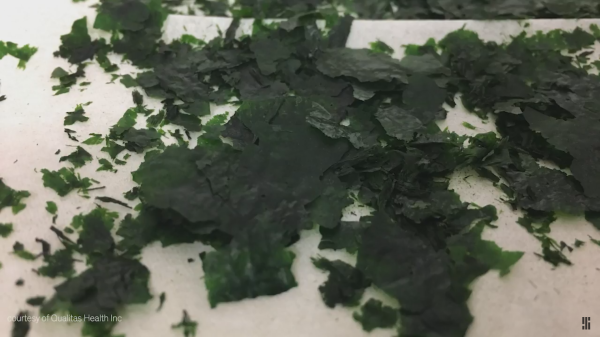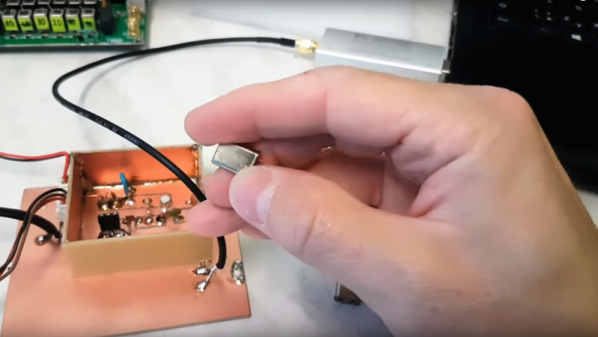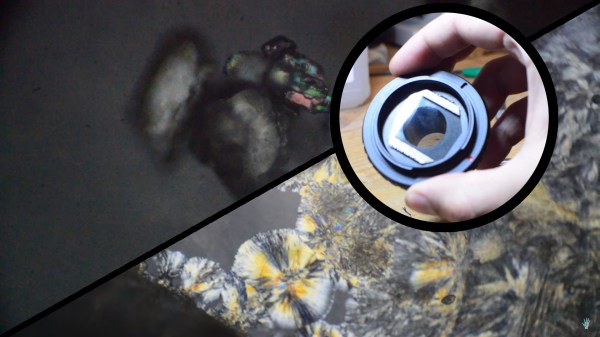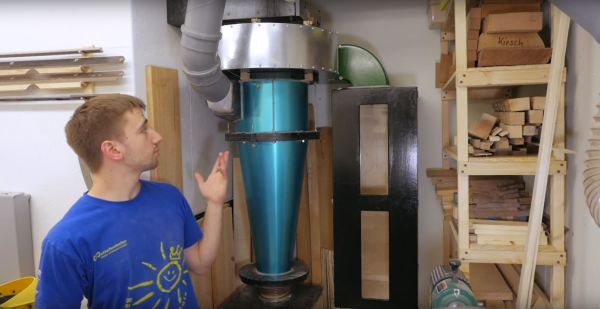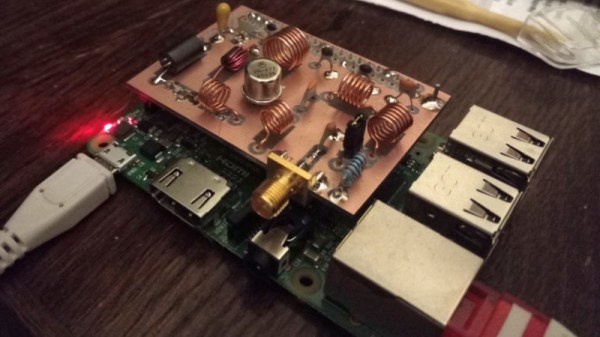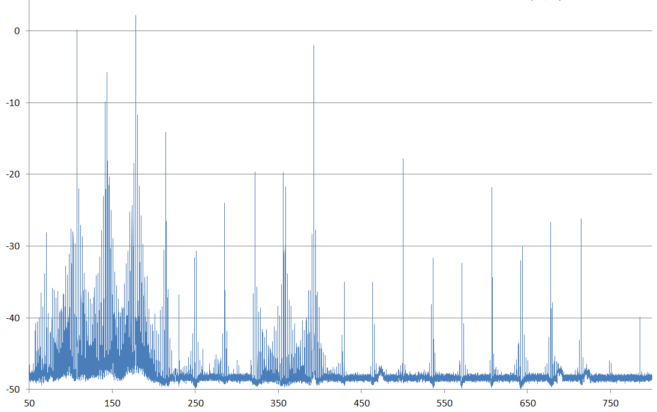This is a tale as old as time. Not love, it is about keeping something you made safe from those who would destroy something beautiful. In this case, the thing of beauty is a talking banana who reads Twitch and Youtube comments. The ne’er-do-wells are trolls seeking to ban-anana the account by forcing it to recite restricted words.
The problems stem from a visit from [Greekgodx], whose followers tend toward the dark side. When they set their sights on [Mike Nichols]’ yellow automaton, things slipped into a bleak place, and a twenty-four-hour ban falls on the fruit. A bunch of filtering is done, but it isn’t enough to stop the trolls, and the tally-man adds a second permanent strike against the account. An arms race of slurs and filtering ensued until the robot was able to reject all attempts at racism.
The banana has since been peeled from the feeds, but if silly robots are your cup of tea, check out [Simone Giertz] turning a car into a computer mouse.

